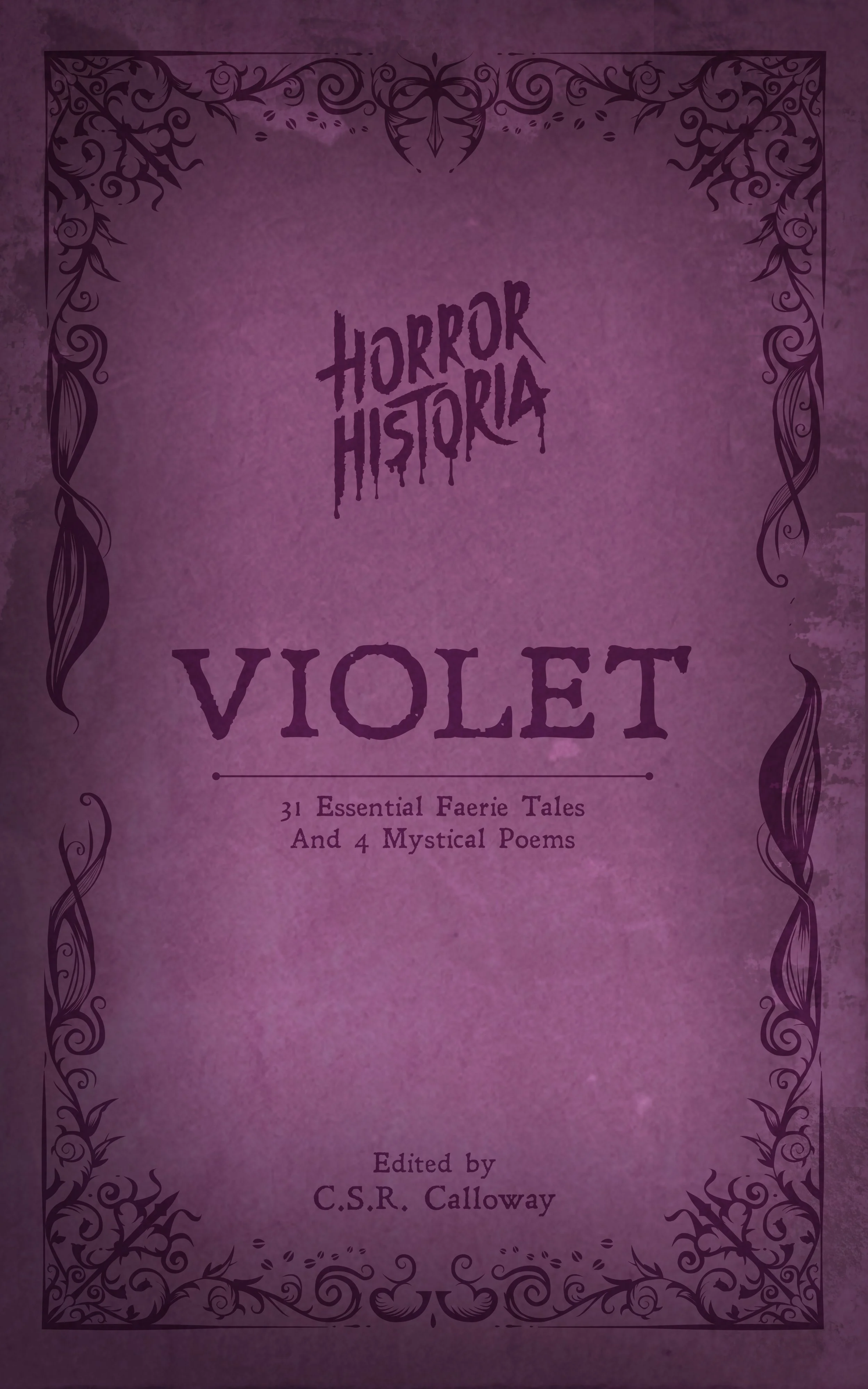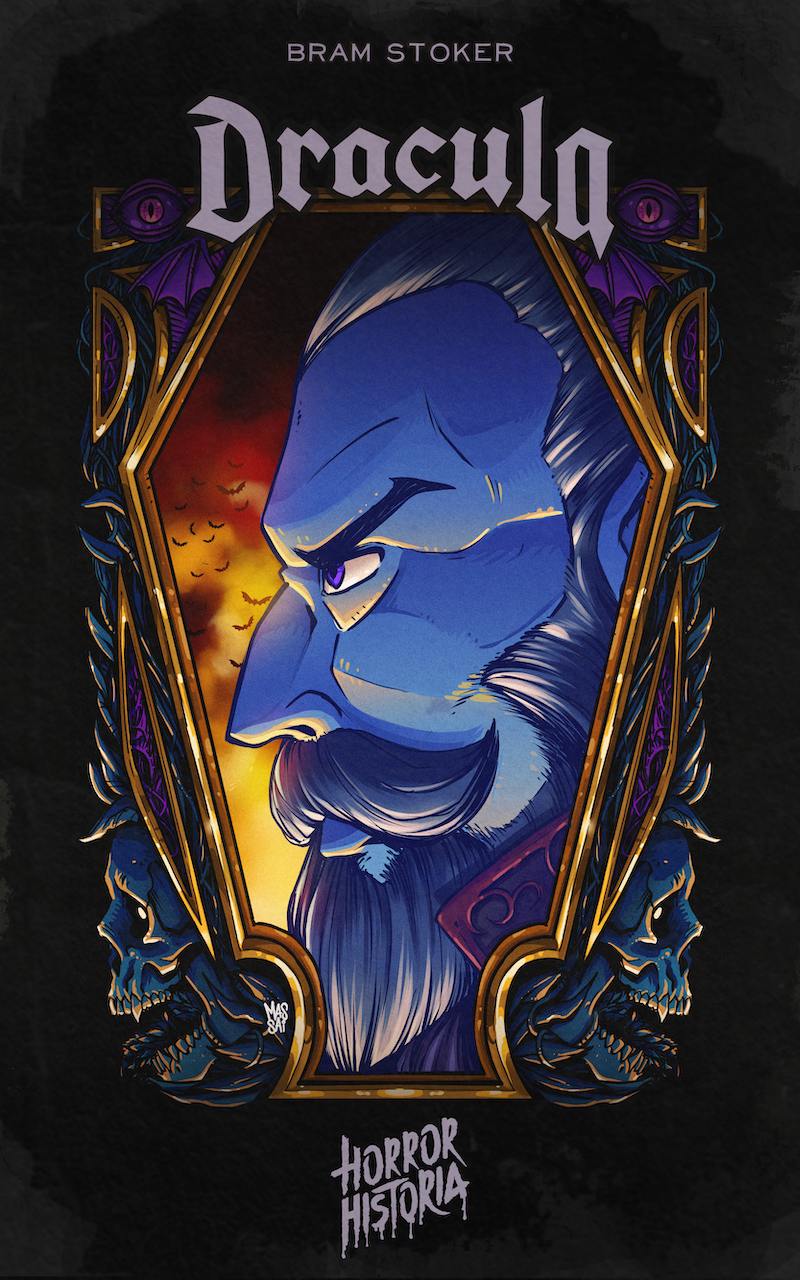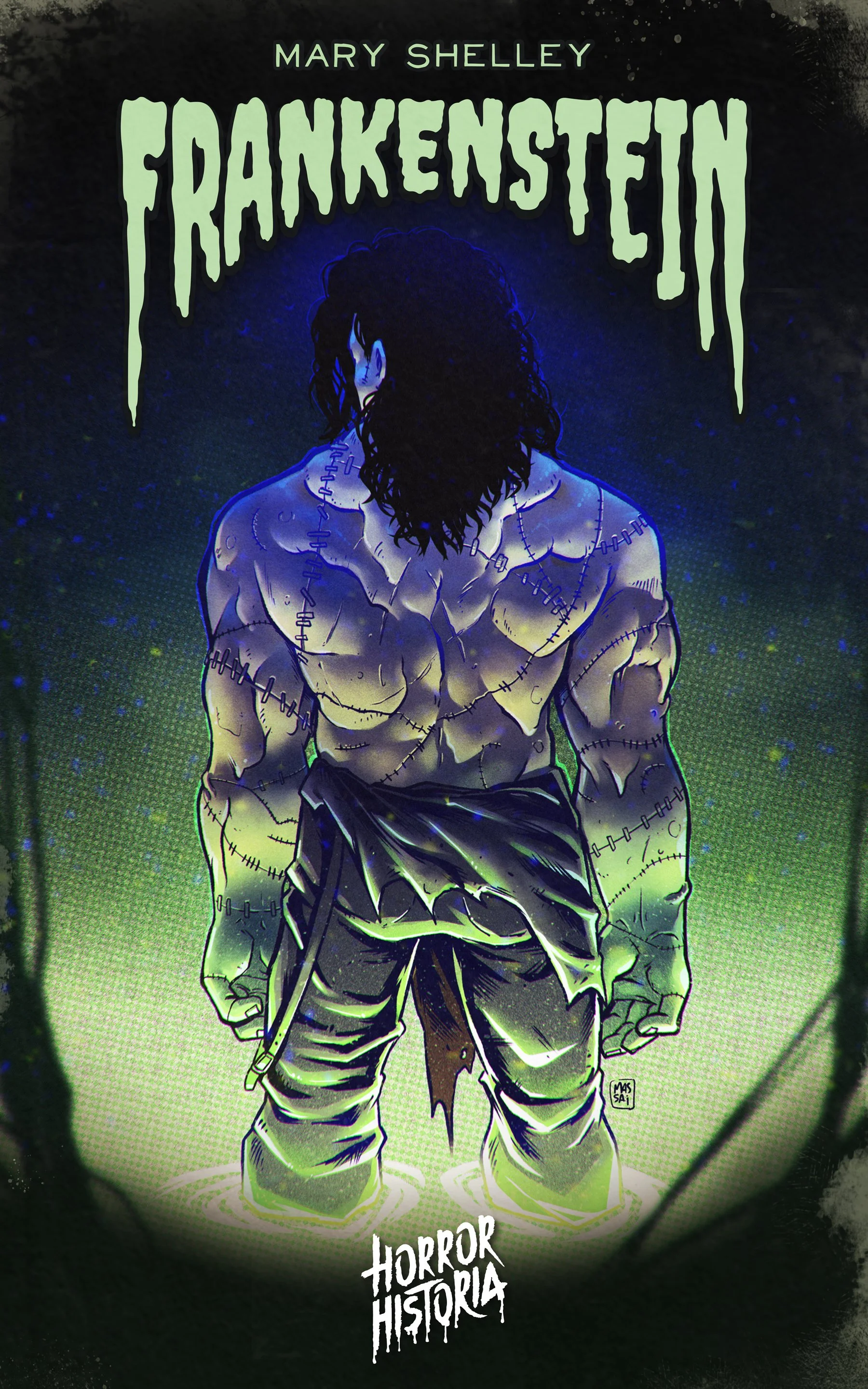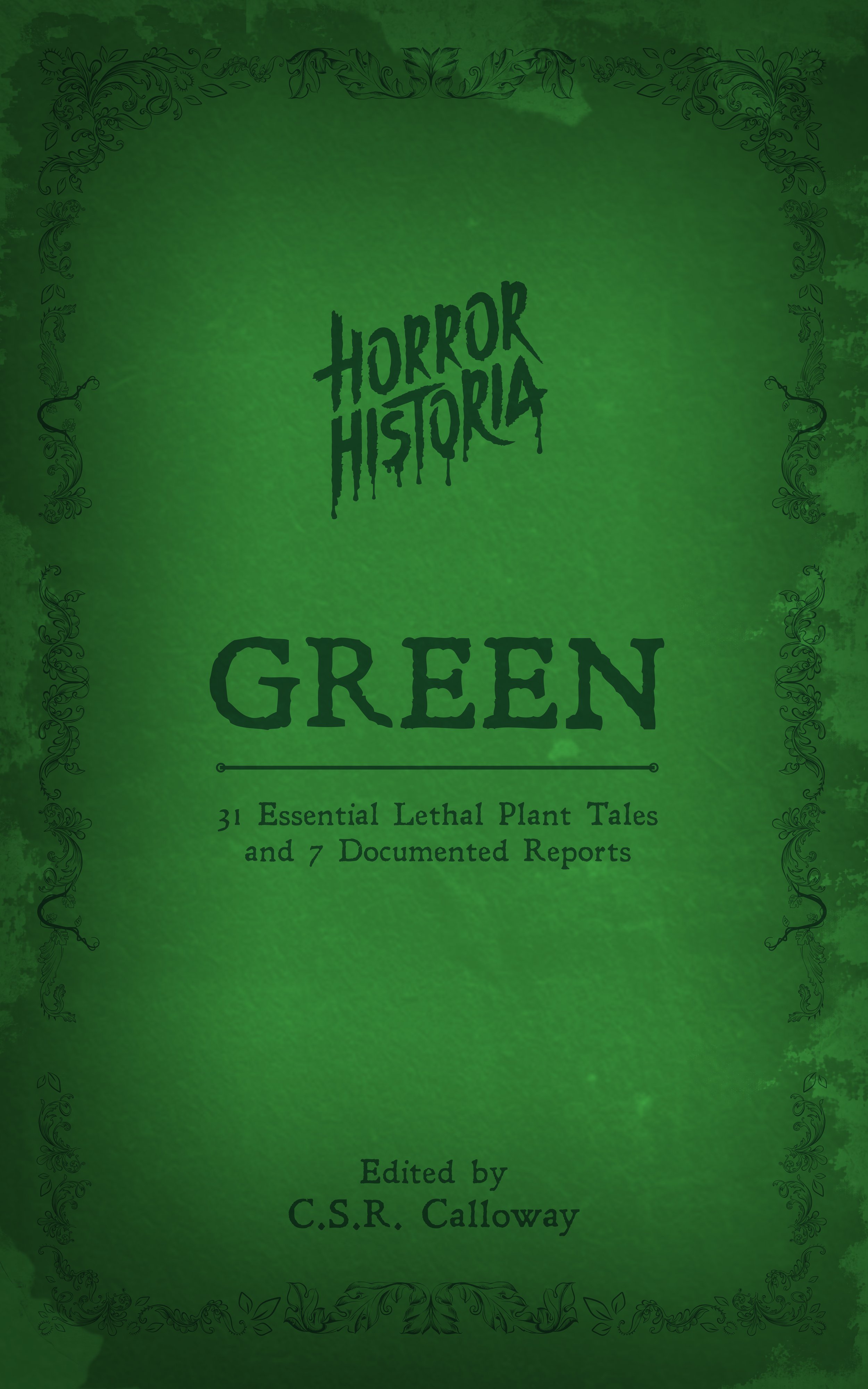
Vamps, spooks, and bona fide beasts
Fiends, ghouls, and certified freaks
Gothic monsters in all their glory
Classic creeps in every story
Be it shock, fright, chill, or scare
Open and read on… if you dare
Gothic grotesqueries, penny dreadfuls, pulp magazines, and other darkly inventive publications have cast a dread allure across the world, infiltrating culture and influencing language, becoming the source for multiple adaptations across all forms of media. Horror Historia brings together the most influential monsters and original gothic stories in distinctive blood-curdling collections, existing not as an all-encompassing tome, but as one hell of a starter kit for the archetypes, conventions and motifs necessary to build the ultimate nightmare pantheon.
Inspired by true events at the Palais Garnier in the nineteenth century, Gaston Leroux combined romance, mystery, and horror to create THE PHANTOM OF THE OPERA.
HORROR HISTORIA RED brings together thirty-one of the most seminal, horrifyingly riveting and grotesquely romantic vampire stories ensuring there’s a flavor here for every palate. Including everything from unimpeachable classics like Théophile Gautier’s “Clarimonde” to obscure gems like W. W. Lamble’s “The Vampire,” Calloway also provides fresh translations of Aleksey Konstantinovich Tolstoy’s “The Family,” Horacio Quiroga’s “The Feather Pillow,” and Karl Heinrich Ulrichs’s “Manor.”
With SHE, H. Rider Haggard polished the literary “lost world” odyssey. Coming upon an underground civilization more ancient than the world of pharaohs, a group of adventurers catch the attention of Ayesha, the sorceress queen.
HORROR HISTORIA VIOLET brings together thirty-one of the most horrifying and heartbreaking stories of ethereal spirits. Fairies, elves, goblins, kelpies, nymphs, dryads, sirens, banshees, sprites, and even Pan himself are presented here from writers as varied as Algernon Blackwood, Mary Shelley and Manly Wade Wellman. In addition, Calloway includes a pixie’s pinch of poems by Christina Rossetti, John Keats, and more.
With DRACULA, Bram Stoker created a masterpiece that changed vampire lore forever. After Count Dracula sets sail for England from his native Transylvania, the countryside is soon afflicted with sickness, giant wolves, and suspicions that a vampire stalks the night.
Mary Shelley created a genre with FRANKENSTEIN, giving the world a new form of terror. When Victor Frankenstein brings forth life, all that follows is death.
HORROR HISTORIA GREEN brings together thirty-one of the most seminal and twisted killer plant stories from bud to bloom. Comprising everything from the carnivorous vegetation found in Hester Holland’s “Dorner Cordaianthus” to the unexplained terrors populating Ralph Adams Cram’s “The Dead Valley.” In addition, Calloway includes a pruning of news reports, not-so-true stories and downright hoaxes like Joseph Mulhattan’s “Arbor Diaboli, the Devil Tree of Mexico.”
The three self-contained novels in William Hope Hodgson’s “elemental” horror trilogy—THE BOATS OF THE “GLEN CARRIG,” THE HOUSE ON THE BORDERLAND, and THE GHOST PIRATES—do not share central characters or locations, instead—through transcribed testimonies and “found” manuscripts—they weave narratives of growing dread and unease among sailors in peril, haunted house residents, and unknown monsters from the deep.
Historical novelist William Harrison Ainsworth took the court records of the 1612 Pendle witch trials and turned them into a “triple decker” novel, THE LANCASHIRE WITCHES, centered around the claims of necromancy allegedly committed by the Chattox and Demdike families.
In his creeping, controversial tale of DORIAN GRAY and his Faustian bargain to remain beautiful and young forever, Oscar Wilde portrays a damning philosophical tale of society, sexuality, and moral sensibilities.
Whether creepily eccentric, dangerously ambitious, or downright villainous, the mad scientist has been influential on the horror genre ever since Dr. Victor Frankenstein created his monster. His literary descendants—found in notable works by writers as varied as Robert Louis Stevenson, Jack London, and H.G. Wells—are collected in here in SATAN'S SIGNATURE.











